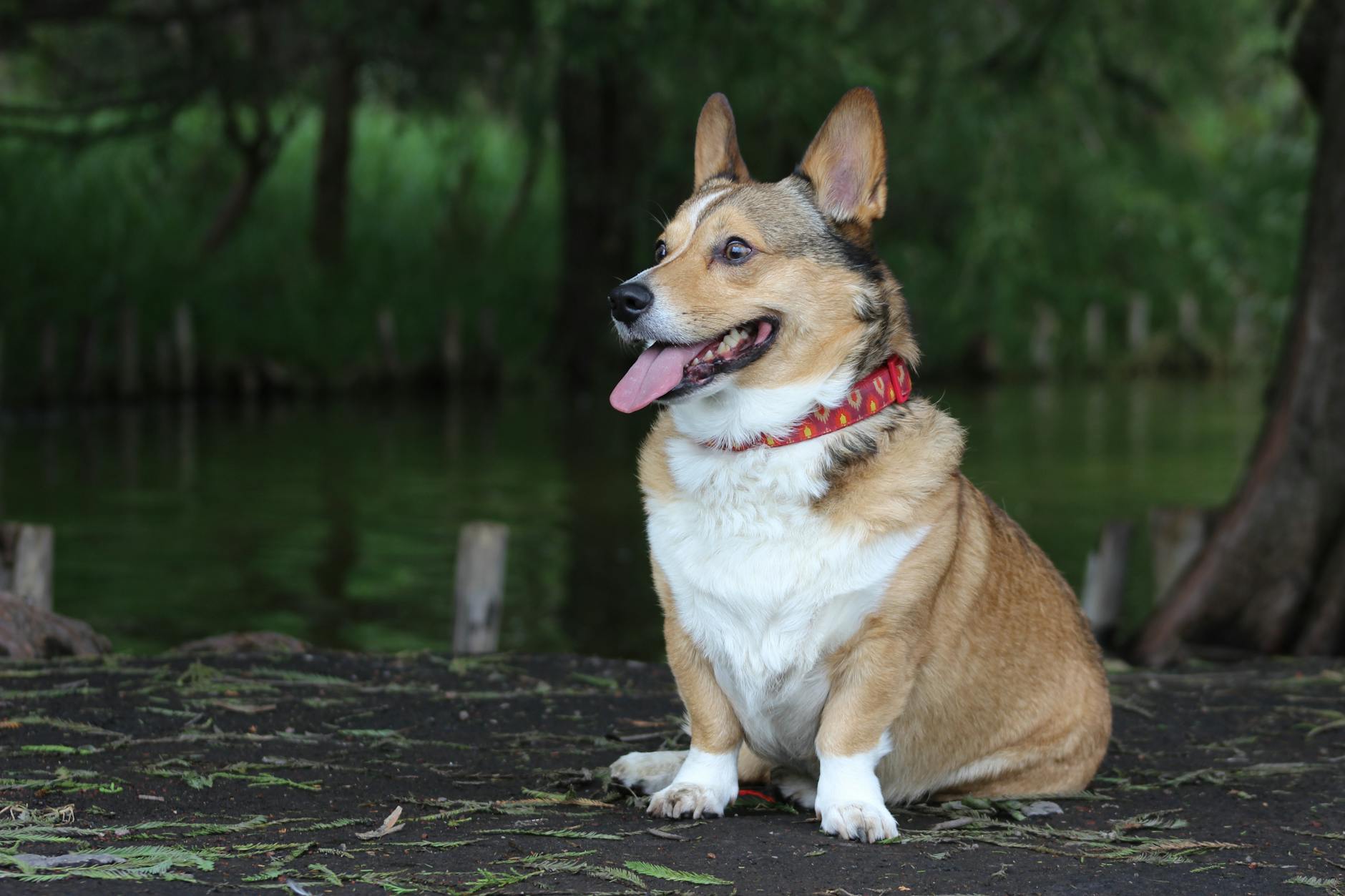How to Ensure Dogs Coexist Peacefully with Wildlife in Australia

Understanding the Local Wildlife
Identifying Native Species
In my daily efforts to balance the delicate ecosystem around Hobart, I focus on recognising the native species that inhabit our rich landscapes. This knowledge is fundamental, especially when operating close to gems like the Tasmanian Wilderness World Heritage Area. It's crucial to understand the types of wildlife that may intersect with residential zones where pet dogs roam. We're tasked with identifying both common and threatened species that might interact with domestic animals, ensuring their safety and that of the pets.
Behavioral Patterns and Habitats
Native species in Tasmania each have distinct behavioural patterns and habitats that one must appreciate to foster peaceful coexistence. For instance, nocturnal creatures frequent certain areas during the night, making it vital to allow dogs to explore only under supervision. Field-tested conservation strategies ensure that we protect vulnerable wildlife while enabling pet freedom. Through comprehensive journals and tracking data, I study these behaviours to predict interactions with domestic animals, providing insight into selecting control technologies like the anti bark collar.
Potential Conflicts with Dogs
Dogs, naturally inquisitive and sometimes predatory, can pose risks to wildlife if their instincts aren't managed. Conflicts arise when dogs encroach on habitats or when wildlife ventures near residential areas. In such instances, employing a hidden dog fence becomes a practical solution, setting a safe perimeter that respects both wildlife and pet boundaries. Additionally, understanding canine behaviour is vital for training dogs not to chase or harass native animals, with GPS dog tracking systems offering reassurance by monitoring their movements near sensitive ecological zones.
Dog Training Techniques
Recall and Obedience Training
Navigating dog training requires a mix of science-backed methods and practical applications, particularly when living near places like the Bonorong Wildlife Sanctuary. Recall and obedience training are foundational elements that can prevent potential disruptions between domestic pets and wildlife. Incorporating methods such as positive reinforcement helps guide dogs to respond swiftly to commands, reducing the likelihood of undesired interactions with native species.
Socialization with Wildlife
Introducing dogs to wildlife requires careful planning and a deep understanding of animal behavior. It's vital to foster a dog's ability to coexist with Tasmania's unique wildlife without instigating fear or aggression. Socialization should be gradual, involving controlled environments where dogs can engage with wildlife visually and audibly without direct confrontation. This method ensures that dogs develop an understanding of wildlife boundaries, enhancing communal harmony.
Managing Predatory Instincts
Predatory instincts in dogs can pose significant challenges, especially in areas teeming with vulnerable wildlife. To mitigate these instincts, tools such as an invisible dog fence or a citronella dog collar offer humane solutions to keeping curious canines in check. These devices can be instrumental in delineating safe zones around properties, limiting opportunistic hunts while encouraging dogs to respect established territories. With these strategies, dog owners can make sure that their pets are less tempted to chase or harm local fauna.
Safety Measures for Coexistence
Utilizing Tracking Technologies
As residents of Tasmania, we have a profound respect for the delicate balance between our dogs and the local wildlife, which is ever apparent in our treasured landscapes like the Tasmanian Wilderness World Heritage Area. Maintaining this harmony often requires innovative solutions. Tracking technologies, such as GPS devices and smart collars, play a significant role in monitoring pets. These tools help us reel in wandering dogs before they wander too far into sensitive wildlife areas. For those invested in more immediate behavioral control, dog electric collars have been deployed with caution and care by professionals experienced in humane training practices.
Setting Up Safe Zones
In creating safe zones, field-tested conservation strategies guide our way. Establishing clear boundaries encourages pets to stay well within designated areas, easing potential clashes with native species. It is essential to demarcate these zones, using natural barriers like vegetation or rock formations, which can blend seamlessly with the terrain while safeguarding both dogs and wildlife. Additionally, utilising training collars dogs can reinforce these boundaries, gently correcting any unwarranted excursions.
Supervised Outdoor Activities
Supervised activities ensure the safety of your pets and the surrounding wildlife in places like the popular Mount Wellington Park. It’s a practice that allows for a more controlled environment where pets are less likely to engage in harmful behavior that could inadvertently disrupt local fauna. By consistently monitoring dogs while outdoors, we help foster a peaceful coexistence—a vital aspect of keeping our beloved natural environments thriving.
Community Involvement and Education
Workshops and Outreach Programs
Drawing on years of experience in the field, I've found that workshops and outreach programs play a significant role in raising community awareness about the importance of coexistence with our local wildlife. By implementing programs that heavily focus on field-tested conservation strategies, we can engage residents in meaningful conversations about preserving the biodiversity that defines our beloved Tasmania.
Workshops should include practical demonstrations and hands-on activities. For instance, showcasing tools like a shock collar in controlled settings can help pet owners understand how to manage their dogs' behavior responsibly without causing harm. Furthermore, sharing experiences from conservation efforts in areas such as the Tasmanian Wilderness World Heritage Area can instill a deeper understanding and appreciation for the delicate balance we strive to maintain.
Encouraging Responsible Pet Ownership
Promoting responsible pet ownership is crucial for safeguarding our environment. Simple measures like regular obedience training and the inclusion of a snuggle puppy to ease separation anxiety can significantly reduce instances of dogs disturbing wildlife. Providing pet owners with comprehensive information, infused with local examples from areas like the Bonorong Wildlife Sanctuary, ensures these practices are adapted to our unique environment.
Collaborating with Conservation Groups
Forming partnerships with conservation groups allows us to pool resources and expertise, facilitating broader outreach efforts. Through collaboration, we can access a wealth of knowledge and innovate solutions tailored to our local challenges. The shared mission of conservation is not just about extending human understanding but deepening our collective responsibility toward the natural world.
Overcoming Common Challenges
Addressing Public Resistance
In our quest to harmoniously coexist with nature, one of the hurdles we face is public resistance towards implementing new conservation measures. Many residents in rural Tasmania might perceive such efforts as unnecessary disruptions. The first step in overcoming this resistance is fostering a deeper understanding of the ecological balance we are striving to maintain. By organising open forums and discussions at local community centres, we can illustrate how these efforts, like the protection schemes practised in the Tasmanian Wilderness World Heritage Area, benefit both wildlife and human communities.
Navigating Limited Resources
Resource scarcity is another pressing challenge. With conservation budgets often tight, collaboration becomes paramount. By pooling resources from local, regional, and national conservation groups, such as those actively working at the Bonorong Wildlife Sanctuary, we can optimise our efforts. Additionally, recruiting volunteers from environmentally-conscious networks can supplement manpower, ensuring that vital tasks, such as managing environmental installations near Mount Wellington Park, are accomplished.
Combating Misinformation
Misinformation remains a formidable opponent in the conservation field. Unverified data and myths can spread rapidly, undermining our efforts. To tackle this issue, I encourage the dissemination of accurate information through workshops and regular updates at community events. Showcasing effective dog control technologies and debunking common myths can empower individuals with factual knowledge, building a more informed and supportive community. Embrace these strategies to forge a path where both wildlife and human interests are safeguarded sustainably.


